At some point last year I subscribed to e-mail updates from Box Office Mojo, thinking that weekly box office results was information I should be regularly privy too. Needless to say, I was bored after the first few weeks. On one occasion, though, the e-mail had a link for a list of the top grossing NC-17-rated movies of all time. Now this was fun information. Showgirls was at the top of the list — a movie so ridiculed as to become a punch line but not awful enough where people wouldn’t mind sitting through it to see “Jessie Spano”, all grown up, do the naughty hoppitty poppitty. Despite its cinematic shortcomings, Showgirls has its place in movie history and its (somewhat) iconic image, that served as theatrical poster and now DVD cover, of Miss Berkley’s long leg, mid section and cleavage set dead center against a black background is both unmistakable and irresistible. With this image in mind, I went down the list, and saw that Crash (the really shocking Crash, not the fan favorite, Oscar winning Crash) also made the list. A movie sporting a gripping image itself, with James Spader copping a feel on Holly Hunter inside a red car — the most prude part of the film, as it turns out. At the time, I started to think that NC-17 movies perhaps shared a common visual string in their marketing materials — dark and provocative — to make up in buzz for the large amount of people that could not see these movies. And, then, I forgot about it. Until last week. I went through the full list again and pulled up the respective posters to see if my lukewarm theory had any heat. It didn’t. But on further clicking I found something a little more interesting. And subtle.
Back then I hadn’t realized that right next to the NC-17 top grossing movies were the same lists according to the rest of the MPAA ratings. I started with R and pulled up the top five movies’ posters. Less provocative but very dark. I moved on to PG-13’s five. Not provocative at all but dark nonetheless. PG’s five? Much friendlier but, yes, dark. It wasn’t until I got to the five Gs that I started seeing some bright colors in the movie posters. Now, I love black backgrounds more than anything else in the design business, and yet I was still very surprised to acknowledge how dark theatrical posters are and that, specifically, in this context, the top 25 grossing movies of all time across all ages didn’t run a very wide gamut. Only at the tot level did color start to play a real role. And while the psychological and emotional explanations of what colors mean are too varied to take any which one as authoritative, it is nonetheless telling that black is the color of choice in movie posters. Chalk it up to contrast if you want, but also don’t forget how many of our clients are afraid of using black, as they usually deem it scary, gloomy, heavy or depressing — and people that wear black are either mourning or designers caught in a time warp of the 1980s. Of course, a movie’s theatrical poster is only a very small part of the larger marketing and hype machine that turns movies into spectacular blockbusters, but as part of a whole, they are fairly representative of the “image” of any given movie. So, as an exercise in color trends, and to see if any significant pattern emerged, I decided to break down the colors of 25 posters — the top 5 of each MPAA category.
I looked for the final theatrical posters — as opposed to teaser or character-specific posters — which most fully represented what people saw on the streets or in movie theaters. Once lined up, I went over them one by one selecting a) the overall or background color, b) one or two of the most visible colors, and c) one or two accent colors. Ignoring any minimum-impact colors along the way. After picking out the colors, I arranged them, via gradients, on a horizontal bar, using the background color as the base and then eyeballing the “amount” of the rest of the colors to create an approximation of the colors you would see if you squinted at the poster or if you had really blurry vision. Clearly, this exercise is beheld to my own interpretation of color, based on the web images I found, the calibration of my screen (and yours) and my assumption on which colors are the most significant. But I like to think I have a pretty good eye for color, so for the sake of this exercise, you can trust me. And, yes, this took a long time. One disclosure I should provide, which should be apparent when you see the NC-17 list, is that I “disqualified” three foreign films, two by Almodovar (a color fiend!). My reasoning was that American films are marketed a certain way and movie posters follow unspoken rules that make every poster look similar to the next. Almodovar’s ¡Àtame! poster looks more like a small theater production poster than a real blockbuster. Hence, their disappearance from this exercise. What follows is the color breakdowns of 25 posters of the top grossing — actual, non-adjusted dollars, according to Box Office Mojo — movies of all time.
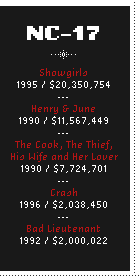
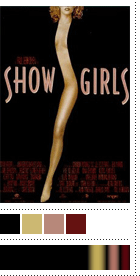
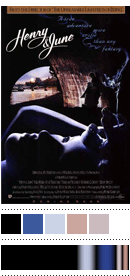
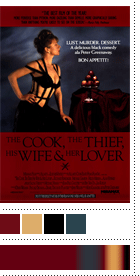
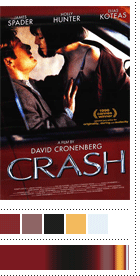
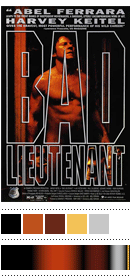

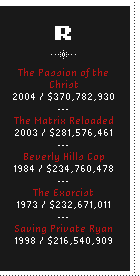
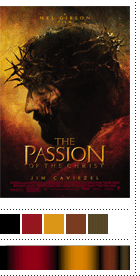
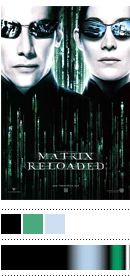
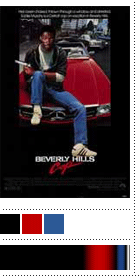
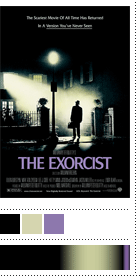
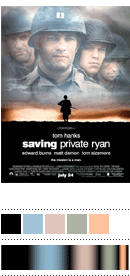

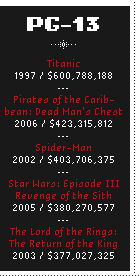
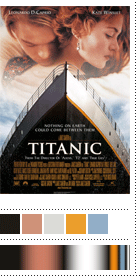
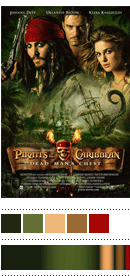
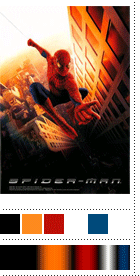
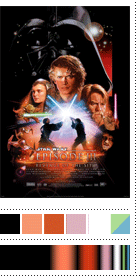
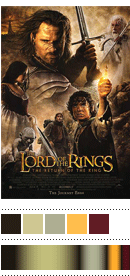

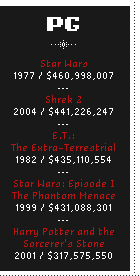
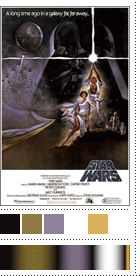
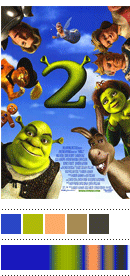
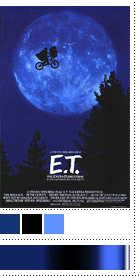
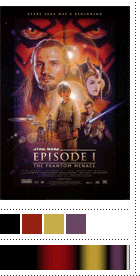
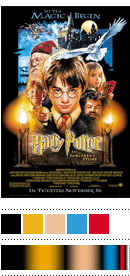

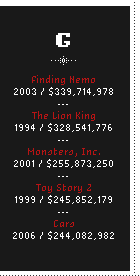
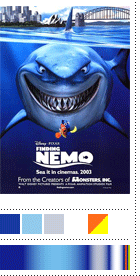
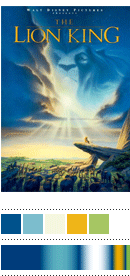
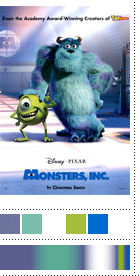
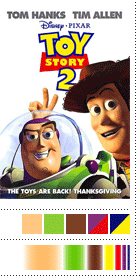
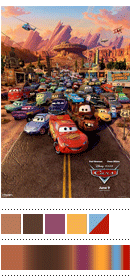
After all, it’s only 11 posters where black is the predominant color and another 7 where it’s a dark-hued background that dominates. Leaving 7 posters with a brighter background, with 5 of those being blue. Only one of these posters, Toy Story 2, uses white as the background. Flesh tones, appearing in all the pretty actors, was another recurring range of colors, but only 13 of the posters had them. As an accent color, white can’t be beat, showing up in 10 of the posters, with red clocking in closely with 8 appearances. There isn’t a hard lesson to be learned from this, or a groundbreaking discovery to brag about, but as an observation on the recurring color choices of a medium we are exposed to every single day I found this exercise oddly fulfilling. And it goes without question that this is anything but a definitive assessment, as these are only a minute percentage of movie posters out there — and that there is always the exception to the rule. Yet I’m still somewhat captivated by the color distribution in movie posters across the different ratings, more so after I put together this chart… But then again, like a kid in a candy store, I’m a sucker for pretty colors.
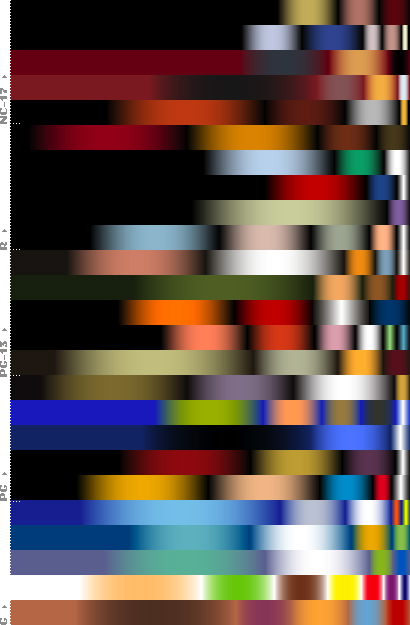







Hotness. It would be interesting to pit American posters against Spanish, Mexican, Japanese, Indian, French ones, see the differences. I don't think that Almodovar is that unusual outside the US, where movie posters suck a lot less. Cool chart!
On Jul.17.2007 at 09:08 AM